
As Donald Trump continues promoting his idea of building a wall between the US and Mexico it’s heartening to see that there are some people taking a different approach. Through The Repellent Fence: A Land Art Film is a documentary about a land art installation that attempted to reinforce the notion that borders are an arbitrary idea and that some fences cannot divide people. This is ultimately an insightful and hopeful tale about an important and relevant issue in politics.
This film is directed by Sam Wainwright Douglas who made the 2016 SXSW Audience Award winning documentary, Honky Tonk Heaven. In Through The Repellent Fence, Douglas follows an inter-disciplinary artist/activist collective named Post-Commodity. The group is made up of three Native Americans: Cristóbal Martínez (Chicano), Kade L. Twist (Cherokee) and Raven Chacon (Navajo) as they go through the process with the help of some volunteers of assembling the land art installation, The Repellent Fence.
This artwork was a 2m long installation that ran perpendicular to the US/Mexico border for four days in 2015. It consisted of 28 large, helium-filled balloons. Half of these spanned communities in the US and the other half spanned communities in Mexico. It was designed as a way of reflecting on why some people attempt to create artificial barriers. It also tried to suture together all of the different communities that it touched.
The balloons in this installation were a play on the ones that are sold and used by people to keep birds out of their gardens. These balloons feature a symbol called the “open eye” and they don’t always work at keeping these creatures away. In the context of the artwork, the balloons are symbolic of the previous acts that were taken out in order to marginalise, repel and destroy the culture of the indigenous people living within and beyond the different country’s borders in the Americas. In using the image of the “open eye” these indigenous artists were seeking to reclaim their own iconography and make this a piece of land art that was very much rooted in a tribal context.
This documentary also includes some information about land art in general and gives a brief history of this art movement that really only began in the 1950s and 1960s. There are scenes showing Robert Smithson’s Spiral Jetty and Nancy Holt’s Sun Tunnels. There are also interviews with art writer Lucy Lippard and Matt Coolidge of the Center for Land Use Interpretation. We also follow Chris Taylor from Texas Tech University as he – like the other participants – gives context, history and other information about these incredible land art installations.
The Repellent Fence is a film with an important message and one that seems to become more urgent through these fearful times. It observes how we should all collaborate and work together with the land and not attempt to control people, nature and other things. This film is ultimately a warm, inspiring and feel-good documentary about what can happen when individuals come and work together to restore power to the people.
Review Score: THREE AND A HALF STARS (OUT OF FIVE)
Through The Repellent Fence: A Land Art Film screens at SXSW Festival. For more information and tickets please click HERE.
———-
